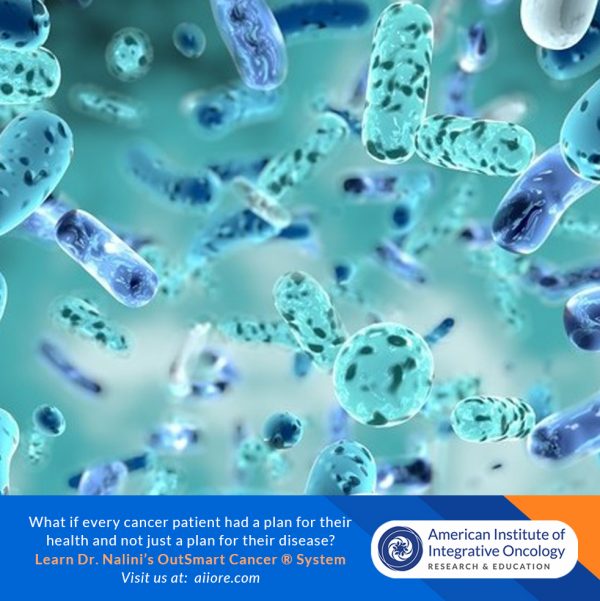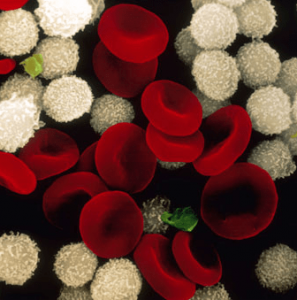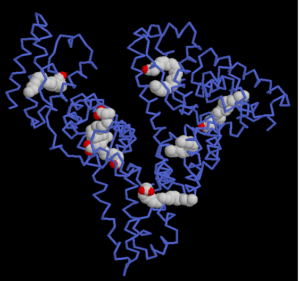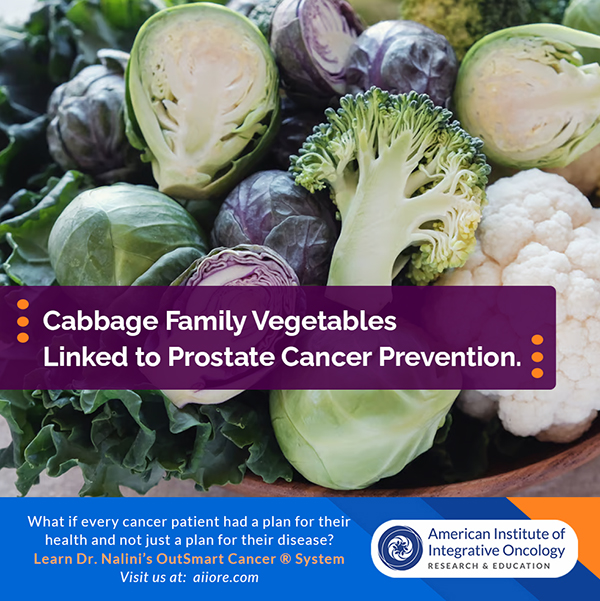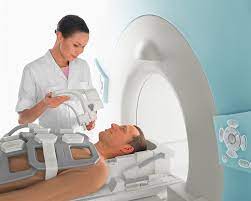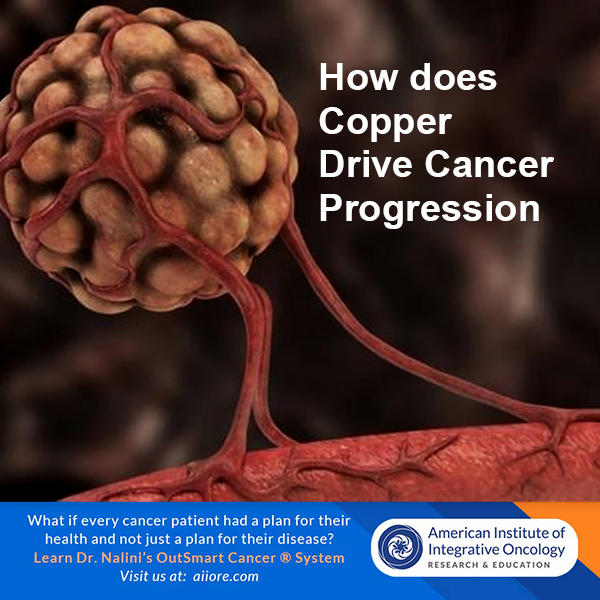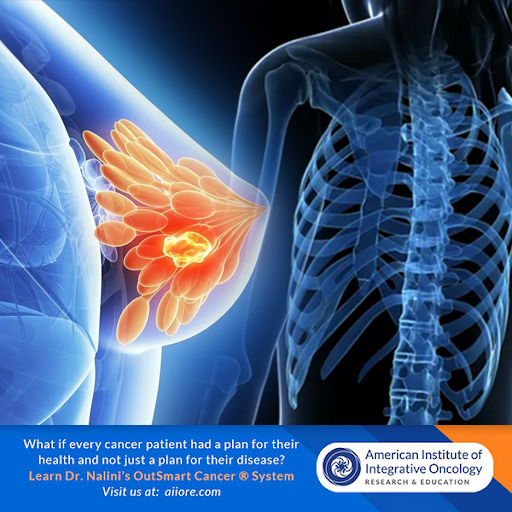Using probiotics before surgery prepares the patient for post operative stressors and complications. Using probiotics after surgery continues the support for the microbiome post operatively.
It is my practice to administer oral probiotics both before and after surgery with all of my patients.
Overall, using probiotics as part of pre-op and post-op care offers the following benefits
- Reduction in Pro-Inflammatory Cytokines
- Prevention of Surgical Infection and Sepsis
- Promotion of gastrointestinal microbial balance
- Amelioration of adverse effects of oral antibiotics
- Decrease in adverse effects of opioids on gastrointestinal function
- Promotion of Wound Healing at the surgical site
Use of oral probiotics is well tolerated and safe for use not only in cancer related surgeries but in a wide range of surgical procedures.
Researchers conducting a randomized double blind placebo controlled study on the post operative effects of oral probiotics in patients undergoing resection for colorectal cancer concluded that probiotics not only decrease rates of infection at the incision site, respiratory and urinary systems but also inhibit proinflammatory factors such as TNFa, IL-17A , IL-17C, IL-22, IL-10 and IL-12. Subjects in the treatment arm were given a 30 billion CFU mixture of six viable strains of Lactobacillus acidophilus, L. lactis, L. casei, Bifidobacterium longum, B. bifidum, and B. infantis twice daily for 6 months beginning 4 weeks postoperatively. [NB: I recommend starting pre-operatively]. Subjects in this arm did not experience infection, diarrhea or require antibiotics.
Zaharuddin L, Mokhtar NM, Muhammad Nawawi KN, Raja Ali RA. A randomized double-blind placebo-controlled trial of probiotics in post-surgical colorectal cancer. BMC Gastroenterol. 2019 Jul 24;19(1):131. doi: 10.1186/s12876-019-1047-4. PMID: 31340751; PMCID: PMC6657028.
In another study of patients receiving abdominal surgeries oral probiotics were administered for 8 weeks. The strains included were L. plantarum, L. lactis, and L. delbrueckii. The study found statistically significant postoperative treatment reductions in abdominal pain and bloating, and significant improvements in stool formation. No clinically relevant adverse events were reported, and the treatment was well-tolerated by all patients.
Bonavina L, Arini A, Ficano L, Iannuzziello D, Pasquale L, Aragona SE, Ciprandi G, On Digestive Disorders ISG. Post-surgical intestinal dysbiosis: use of an innovative mixture (Lactobacillus plantarum LP01, Lactobacillus lactis subspecies cremoris LLC02, Lactobacillus delbrueckii LDD01). Acta Biomed. 2019 Jul 10;90(7-S):18-23. doi: 10.23750/abm.v90i7-S.8651. PMID: 31292422; PMCID: PMC6776165.
In a recent 2021 Review of 14 studies of patients receiving gastrointestinal surgeries, a disruption of intestinal microbiome is identified and the prevalence of specific bacteria had significantly changed after surgery.
Ferrie S, Webster A, Wu B, Tan C, Carey S. Gastrointestinal surgery and the gut microbiome: a systematic literature review. Eur J Clin Nutr. 2021 Jan;75(1):12-25. doi: 10.1038/s41430-020-0681-9. Epub 2020 Jul 13. PMID: 32661352.
Another Review of 10 studies also identified post operative changes in the composition of the intestinal microbiome in patients receiving gastrointestinal surgeries and posits that complications after gastrointestinal surgeries are linked to changes in the composition of the gut flora.
Lederer, A. K., Pisarski, P., Kousoulas, L., Fichtner-Feigl, S., Hess, C., & Huber, R. (2017). Postoperative changes of the microbiome: are surgical complications related to the gut flora? A systematic review. BMC surgery, 17(1), 125. https://doi.org/10.1186/s12893-017-0325-8
A study on the use of specific probiotics in patients undergoing resection for colorectal cancer concluded that inflammatory cytokines and serum zonulin levels significantly decreased with probiotics. Probiotic ingestion resulted in compositional changes in gut microbiota; greater increases and decreases in healthy vs pathogenic bacteria, respectively, occurred with probiotics. Compositional increase in healthy bacteria was associated with reduced white blood cells, neutrophils, neutrophil-lymphocyte ratio, and zonulin. Bifidobacterium composition was negatively correlated with zonulin levels in the probiotic group, indicating repair of intestinal epithelium as an effective barrier. Probiotics improved postoperative flatus control and modified postoperative changes in microbiota and inflammatory markers. In this study oral probiotics were administered both pre-op and post-op. Probiotic supplementation included a mixture of three probiotic strains (Bifidobacterium animalis subsp. lactis HY8002 (1 × 108 cfu), Lactobacillus casei HY2782 (5 × 107 cfu), and Lactobacillus plantarum HY7712 (5 × 107 cfu)
Park, I. J., Lee, J. H., Kye, B. H., Oh, H. K., Cho, Y. B., Kim, Y. T., Kim, J. Y., Sung, N. Y., Kang, S. B., Seo, J. M., Sim, J. H., Lee, J. L., & Lee, I. K. (2020). Effects of PrObiotics on the Symptoms and Surgical ouTComes after Anterior REsection of Colon Cancer (POSTCARE): A Randomized, Double-Blind, Placebo-Controlled Trial. Journal of clinical medicine, 9(7), 2181. https://doi.org/10.3390/jcm9072181

